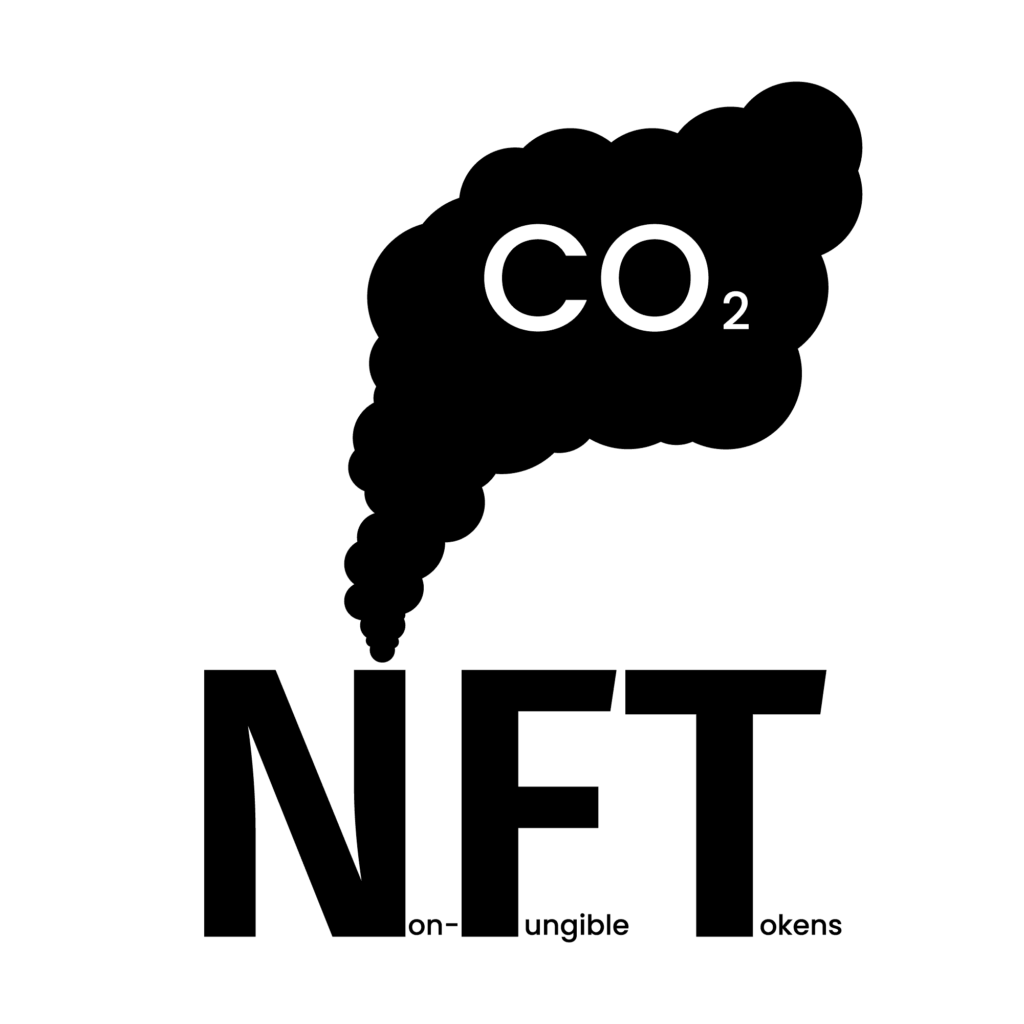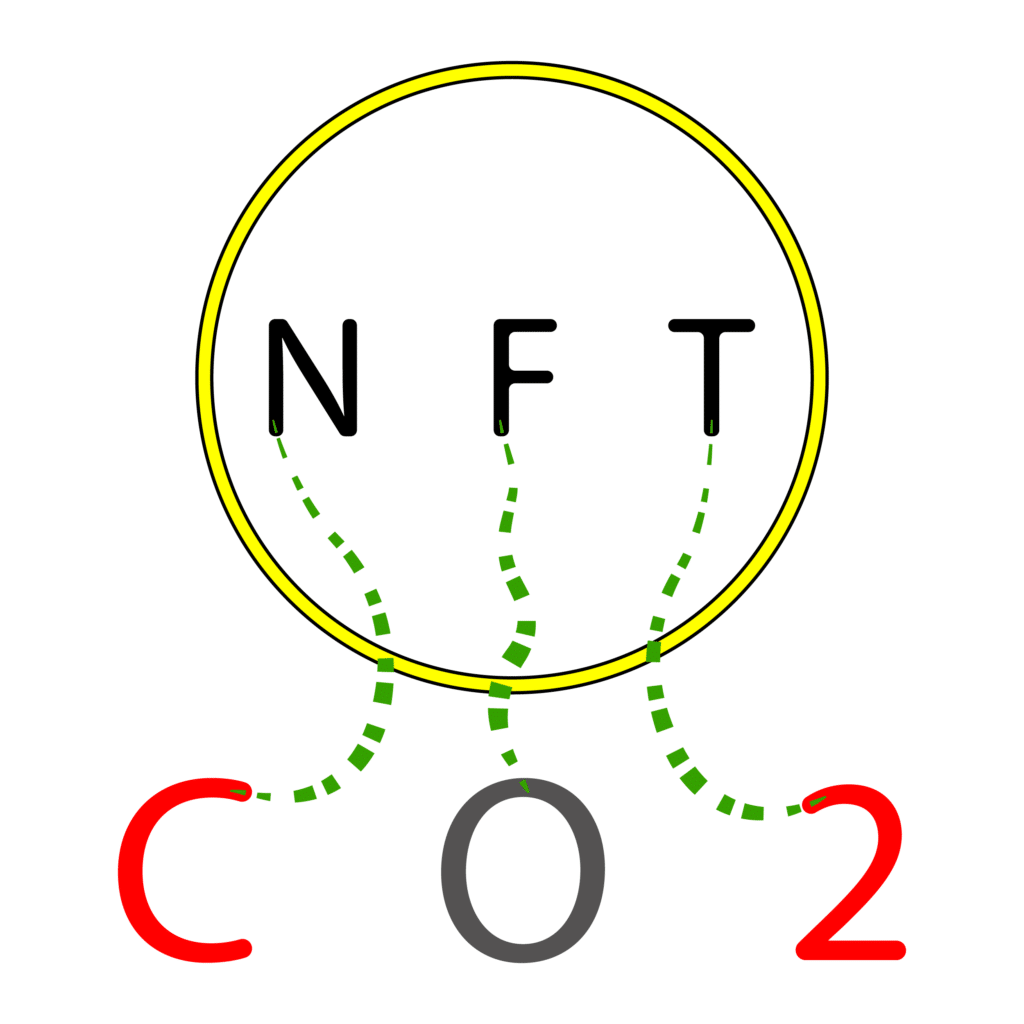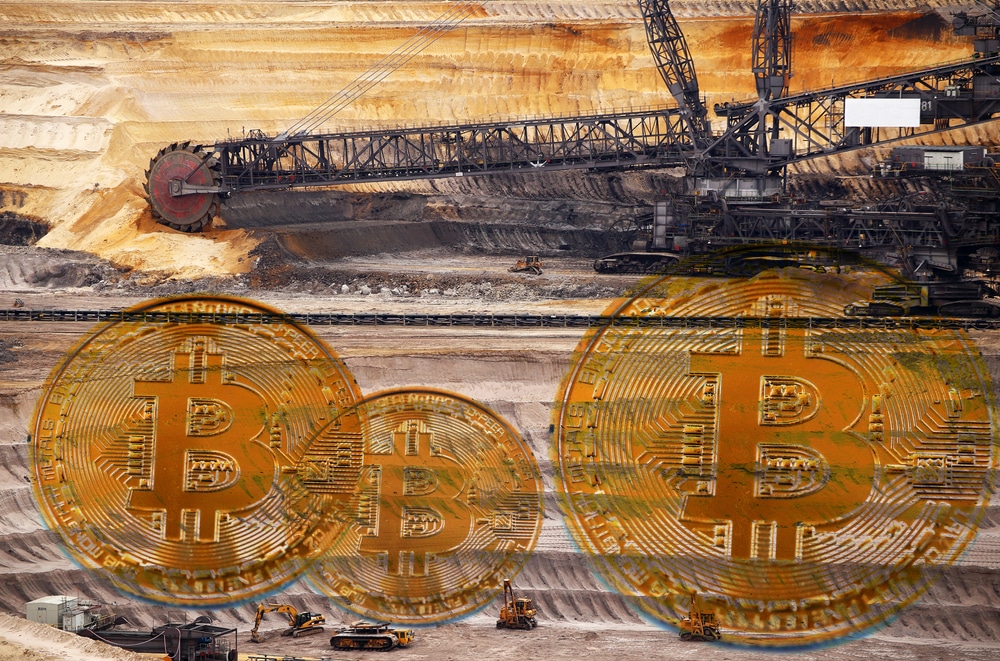
NFTs are rapidly transforming the digital art space. They have gone from CryptoKitties to actual fine art pieces. It has all been possible because of Blockchain technology that allows artists to create unique, verifiable NFTs. Recently, The Merge NFT sold for $91.8 million. As crazy as it might sound, it is true. However, this art does not only cost money – our climate pays a cost too. Most artists are not aware of this aspect of blockchains. In this article, we will discuss if NFT bad for environment and look at how crypto platforms are working to make it climate-friendly.

Before moving forward, here are two things you should know. According to a Cambridge study, Bitcoin, the largest cryptocurrency and blockchain network, consumes energy equivalent to Argentina. Secondly, Ethereum consumes energy equal to Libya.
However, it is not entirely true that all of this electricity consumption is because of NFTs. A large chunk of the percentage is involved in other cryptocurrency transactions on the blockchains. This energy consumption leaves a trail of a carbon footprint behind it. That is why many crypto artists and climate activists are speaking out against cryptocurrencies and the bad environmental impact of NFTs.
The people supporting this digital revolution, started by Bitcoin, claim that this is just like plane emissions. No matter how many people are aboard the plane, it will still fly and leave carbon emissions. Similarly, if some people do not adopt blockchain network and NFTs, the digital art market will continue to thrive.
Contrarily, it is believed that the interest in the market will cause increased minting of NFTs. Just like the interest in an airline makes them increase their flights. Still, the only way forward for this system is to make it sustainable for the global environment.

But the real question is how does simple digital art create a bad NFT environmental that rivals that of some nation? To answer this, we will have to look at the underlying technology of most blockchains.
We have covered this already in our blog, but here’s a recap. The driving force of this digital revolution is blockchain networks and cryptocurrencies. As you know, they work on a decentralized system. However, there is still a need to verify the transactions on the system without the need for a controlling party. That’s where crypto mining comes in. Whenever a transaction occurs on a blockchain, Bitcoin, Ethereum, etc., the miners solve a complex cryptographic puzzle. Crypto mining requires a massive amount of computing power which in turn requires a massive amount of electricity. And the hard fact is that this power-hungry system is by design. It is called Proof-of-Work (PoW). The developers claim that when mining requires this much computing and electric power, people are not encouraged to use it for wrong purposes.
When an artist mints NFTs on the platforms, the miners ensure the data is verified on the blockchain. And when they sell it, another transaction happens. Thus, initiating the PoW system on each transaction. But the problem is that whenever artists mint, list, sell or buy NFTs, the transactions consume power. And each NFT leaves a carbon footprint larger than a physical art studio. Cryptoart.WTF, now unavailable, was a website that tracked the NFT who are bad for environment.

NFTs have so far proved to be a blessing for digital art creators. But as time progresses, the current system may prove to be more dangerous for the environment, regardless of the crazy money. As discussed, crypto platforms and even artists are adopting cleaner versions to make this revolution sustainable for the planet. But it will only work if the artists and the buyers join hands in this reform. We, as artists and environmentalists, support this change in the crypto space to minimize the NFT bad for environment. There are many other companies as well, who are working to bring cleaner and more efficient solutions to the market. And we are hopeful that as time passes, it will get better.